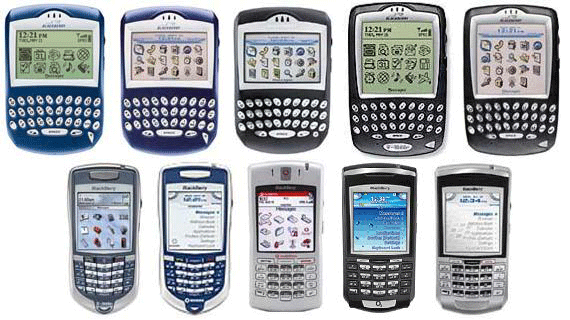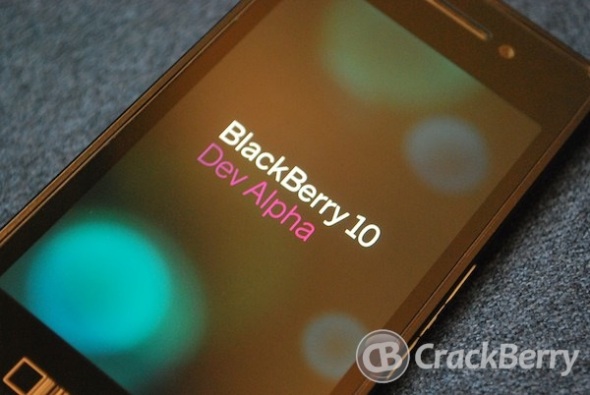New York – Facebook may have made social networking a worldwide cultural phenomenon, but it wasn’t the first internet company to connect people online. And it won’t be the last.
Here’s a look at how social networking has evolved. Some companies have come and gone. Some are mere shells of their former selves. And others show promise, even as Facebook dominates the social web.
Geocities
Launched in 1994, Geocities offered a way for people to build websites and tell the world about themselves with postings and photos.
Users could also buy and sell things through online stores. Pages built to feature different subjects formed virtual communities.
Yahoo bought it in 1999, at the height of the dot-com boom, for about $3bn and shut it down a decade later. Geocities was among the early services that let people form online communities. Yahoo shut down GeoCities in 2009.
Classmates.com
The website created to connect former schoolmates with one another launched in 1995, possibly before its time.
It filed to go public in 2007 when it had about 50 million users, but withdrew the IPO that December, citing “market conditions”.
Classmates.com still exists today, but is overshadowed by Facebook. It’s owned by United Online Incorporated, which is also home to online florists such as FTD and Interflora.
SixDegrees
Started by Andrew Weinreich in 1997, SixDegrees was “the first online business that attempted to identify and map a set of real relationships between real people using their real names”, writes author David Kirkpatrick in The Facebook Effect.
Though it attracted millions of users, the site failed to catch on and shut down in 2000. Weinreich later told Kirkpatrick that “We were early. Timing is everything.”
LiveJournal
Launched in 1999, LiveJournal offered – and still offers – a rudimentary form of social networking. Users write online journals and share them with friends or the general public.
The site doesn’t require people to use their real names, and with short status update snippets more popular today, seems more akin to blogging than to social networking. It’s owned by Moscow-based SUP Media and remains popular in Russia.
Friendster
Launched by Jonathan Abrams in 2002, Friendster was many people’s first introduction to a social network. It showed a lot of promise, and by the fall of 2003 had nearly 2 million users and deep-pocketed investors such as Peter Thiel, who later became one of the first people to invest in Facebook.
“By enabling people to connect seamlessly in a global network of social relationships, Friendster stands at the very core of what the internet is all about,” Thiel said in 2003.
The site faded as MySpace and then Facebook rose. Malaysian tycoon Vincent Tan bought the site in 2009 for an undisclosed sum. Today, Friendster operates as an online gaming platform.
Tribe.net
Founded in 2003 by Mark Pincus, now the CEO of online game company Zynga Incoprated, and two other entrepreneurs, Tribe was created to let people form online communities around shared interests.
Today, it’s used largely by aficionados of alternative lifestyles, with groups ranging from a vegetarian and vegan recipe exchange to “beauty secrets for divas”.
MySpace
Launched in 2003 by entrepreneurs Chris DeWolfe and Tom Anderson, who was every MySpace user’s first friend.
It became a popular internet destination and an important way for little-known musicians to market themselves and interact with their fans.
News Corporation bought it for $580m in 2005 when it was still a fast-rising internet darling. But MySpace lost its footing over the years, as the fun of customising one’s profile began to bore its users and the site’s heavy use of banner advertisements slowed the speed at which pages loaded.
It peaked in 2008 with about 76 million US visitors, but people were already migrating to Facebook. News Corporation sold the site to online ad network operator Specific Media last year for $35m.
LinkedIn Corporation
The professional social network was launched by Reid Hoffman, one of Facebook’s early investors, in 2003.
While Facebook, which got its start a year later, was meant as a place to connect with friends and family, LinkedIn is strictly business.
The company went public in May 2011, the first of the latest crop of internet companies to do so. As of March 31, LinkedIn had 161 million users.
Its profit more than doubled in the first three months of the year, helped by revenue from the fees that it charges companies and recruiters to get broad access to its site.
Twitter Incorporated
Launched in 2006, Twitter lets its users express themselves in short messages – tweets – of 140 characters or less.
It’s a cascade of information, and unlike Facebook’s complicated privacy controls, there are just two choices: Public or restricted to pre-approved followers.
Celebrities, politicians and companies use Twitter to keep in touch with fans, constituents and consumers. It has more than 100 million users.
Google Plus
It wasn’t Google Incorporated’s first foray into social networking, but it was the search company’s most ambitious try, designed to go head-to-head with Facebook when it launched in 2011.
Although it has some 170 million users, including some Facebook holdouts, Google Plus has, so far, failed to draw a substantial number of people away from Facebook. Google uses the service to plug social elements into search and its other products.
Pinterest, Instagram and the future
Facebook’s success has spurred a new class of social networks that are smaller and more specifically focused. Instagram, which Facebook plans to buy for $1bn this year, exists only on mobile devices and only to share photos.
Nextdoor.com, which launched last year, aims to collect people who are physical neighbours through a closed social network.
Path, founded by ex-Facebook employee Dave Morin, dubs itself a “personal network,” letting its users share photos, videos and updates with a smaller group of friends than on Facebook.
Pinterest, another photo-heavy site, is meant for sharing images. Users often collect images to help inspire ideas for projects, like a garden, or events, such as a wedding.












